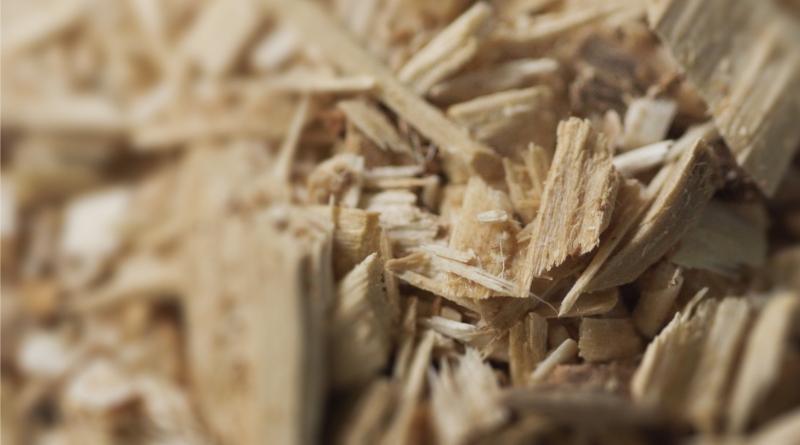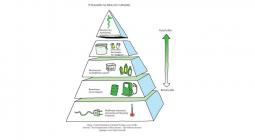Ensuring that climate neutrality, bioeconomy and competitiveness go hand in hand

In the countdown to the mid-century’s EU net zero deadline, it will be crucial to ensure that strategic sectors remain globally competitive. And there is no time to lose, 2050 is only one investment cycle away.
As the Circular Choices for the EU Bioeconomy cross-sectoral coalition we represent 20% of EU manufacturing. Our members are providers of high-quality, renewable products and energy applications, and feature sustainable, circular, and truly European value chains. These value chains offer affordable options to deliver a net-zero economy and, quite uniquely among manufacturers, we are already bringing solutions to the global climate challenge on a significant scale. With a clear view on future policy, we will be able to make the investments needed to drive even further the transition to a competitive, circular bioeconomy in Europe.
Innovating to drive competitive advantage
One of the main legacies of the EU Swedish Presidency will be to have launched a reflection on the EU’s long-term competitiveness. It places the economy firmly on the agenda for future Presidencies and calls for scaling up the innovations that will help drive our competitive edge. As part of this reflection, the von der Leyen Commission has identified the circular bioeconomy, on par with cleantech, as key to keeping Europe competitive.
It is a little-known fact that biomaterials represent a cutting-edge sector where the EU enjoys global leadership, just as it does in the area of recycling. These materials, in a circular model, are a natural fit for the EU’s net zero ambitions. We fully support the EU’s efforts to move towards climate neutrality and are ready to invest in this transformation, ensuring that Europe harnesses the potential of the circular economy and of its biomaterials. But if Europe’s wood and fibre-based value chains are to maintain their competitive advantage as the world’s laboratory for the future circular bioeconomy, we need a new kind of thinking on EU climate and industrial policy. One that allows to scale up fast a model which has managed to combine economic growth with the protection of forests and biodiversity .
We are entering a critical decade of key policy decisions and ambitious timelines. Our coalition needs an enabling policy environment with predictable regulation that gives investors the confidence to finance the transition, bridge the gap between policy and market reality and scale our innovations up to the EU’s ambitions. We are not asking for subsidies, but for clear visibility on post-2030 regulation – building on an integrated, flexible EU Single Market that allows our industries to grow.
Securing strategic autonomy and materials supply will support competitiveness
Competitiveness is intrinsically linked with security of supply. Around 90% of wood used by the sectors in the Circular Choices coalition originates from our continent. Wood-based solutions, homegrown in the EU, are successfully replacing materials sourced in other parts of the world in applications such as batteries, where graphene sourced outside of the EU can be substituted by lignin, a fascinating and versatile organic polymer produced here in Europe, as a by-stream of our processes. Our products also offer a real alternative to fossil-based materials.
They come from renewable sources, are recyclable and/or biodegradable and can generate renewable energy at the end of their life. Biotechnology can offer high-value bio-based solutions for a broad range of uses and sectors, such as health, biochemicals, textiles, packaging or construction, and can substitute fossil or extracted and imported materials with renewable home-grown alternatives.
The EU Commission has acknowledged renewable, bio-based substitution materials as strategic, while finite, extractive resources deplete. These bio-based substitutes are already available at economically significant levels. They can be scaled up further while staying in the realms of sustainably available sources, and respecting European forests’ biodiversity and role as carbon sinks. The potential market for the wood-based bioeconomy and low-carbon materials is huge, worth several hundreds of billions. But, if the EU Commission really wants to foster an industry and economy that is strategically autonomous from fossil resources then it needs to introduce a systematic impact assessment of all EU policies on future wood supply, as part of its new approach to competitiveness.
By creating a more predictable regulatory landscape, policymakers will unleash other categories of investments, in improving energy efficiency, CO2 avoidance and switching to renewable energy. And by facilitating on-site renewable energy production, industrial symbiosis and voluntary integration of industry with energy systems, our sector will be contributing to the strategic autonomy not only in materials but also in how our economy is powered.
With the economy now centre stage as Europe works to establish its global position post-pandemic, building competitiveness and self-sufficiency will be crucial, whilst avoiding the temptations of protectionism and increased state intervention. A circular bioeconomy will provide the EU, and its citizens, with choices as it charts a sustainable future and strengthens the connection between the economy, our environment and climate.





